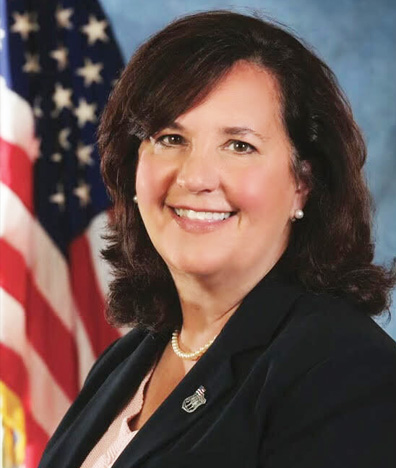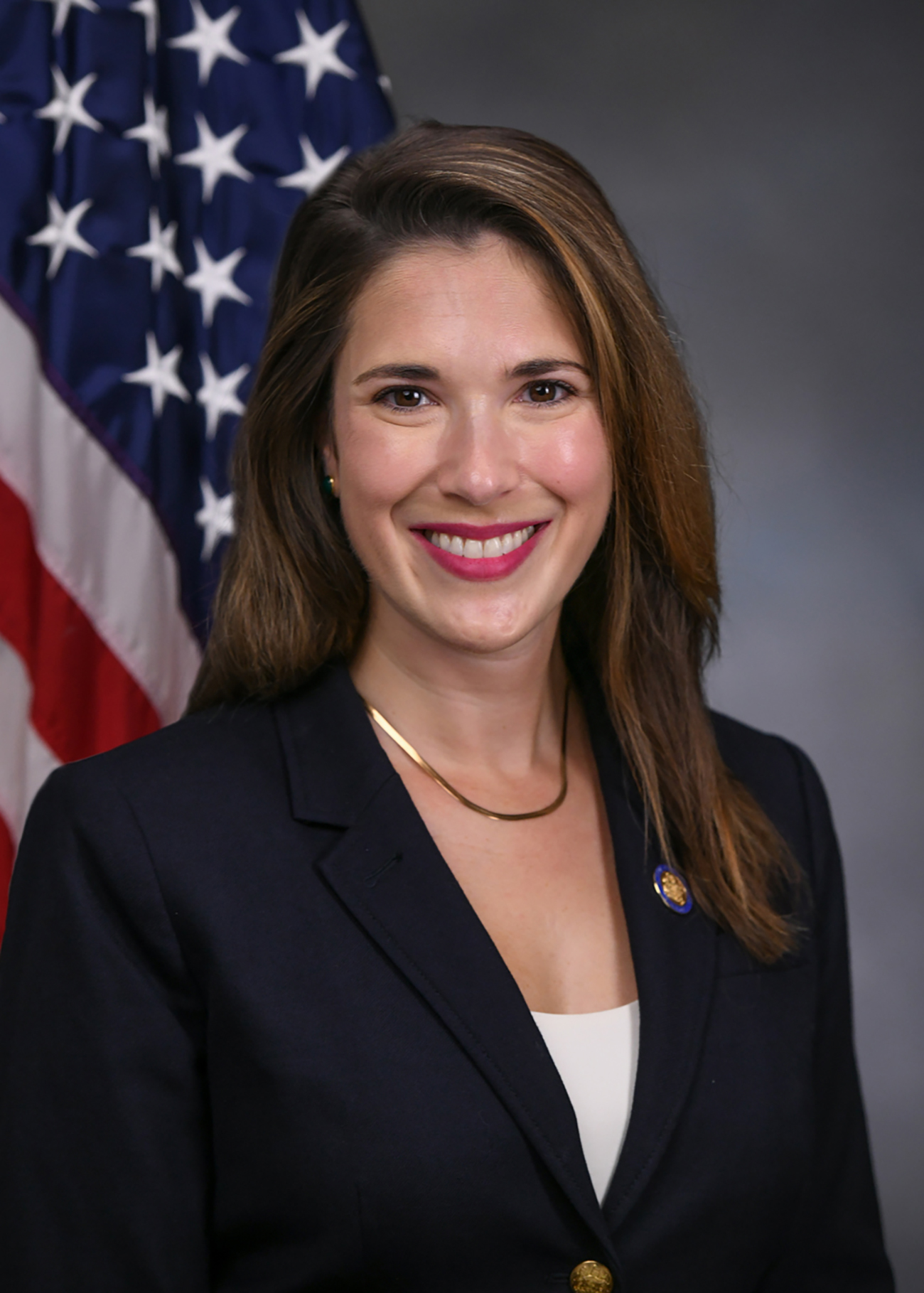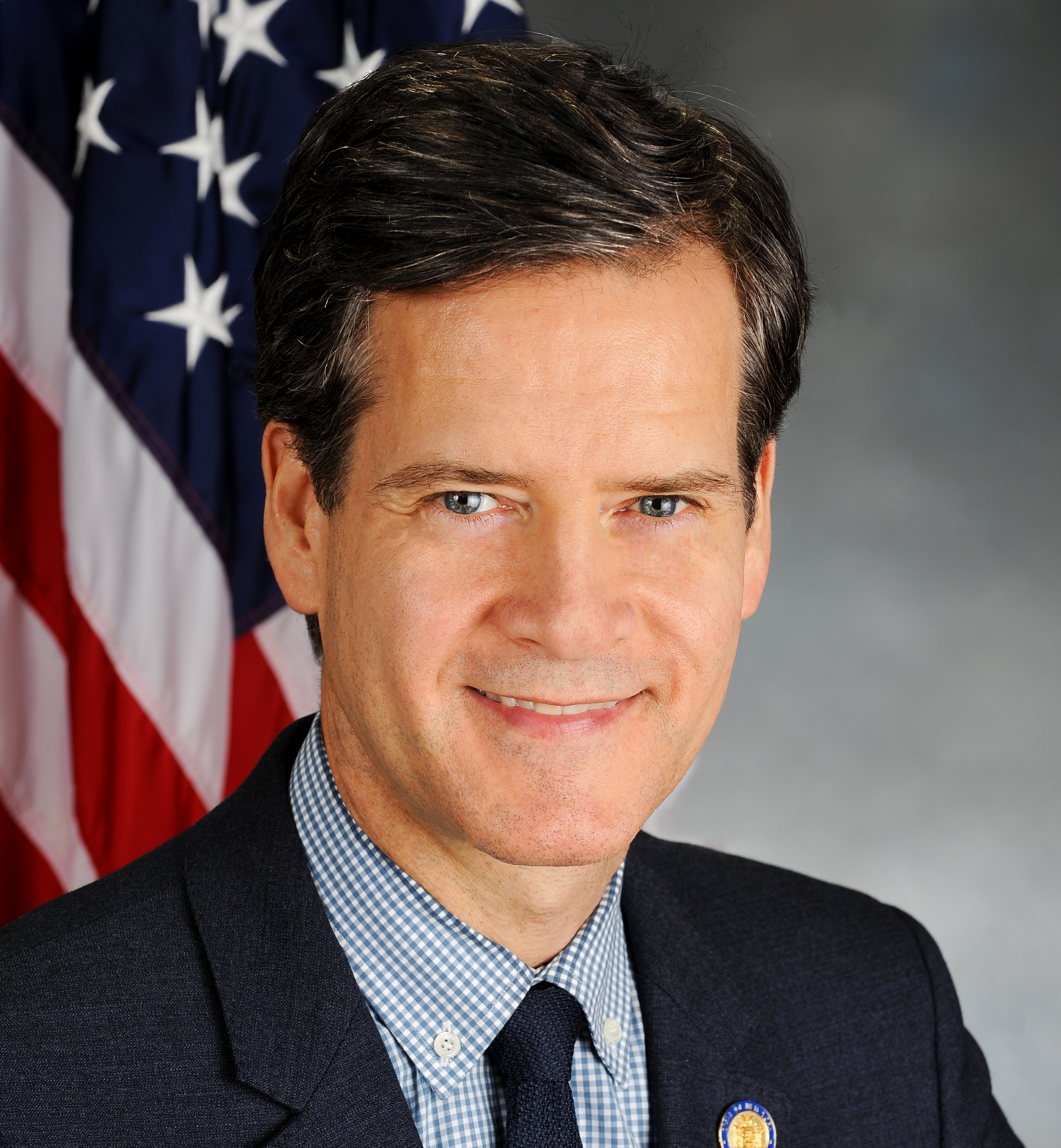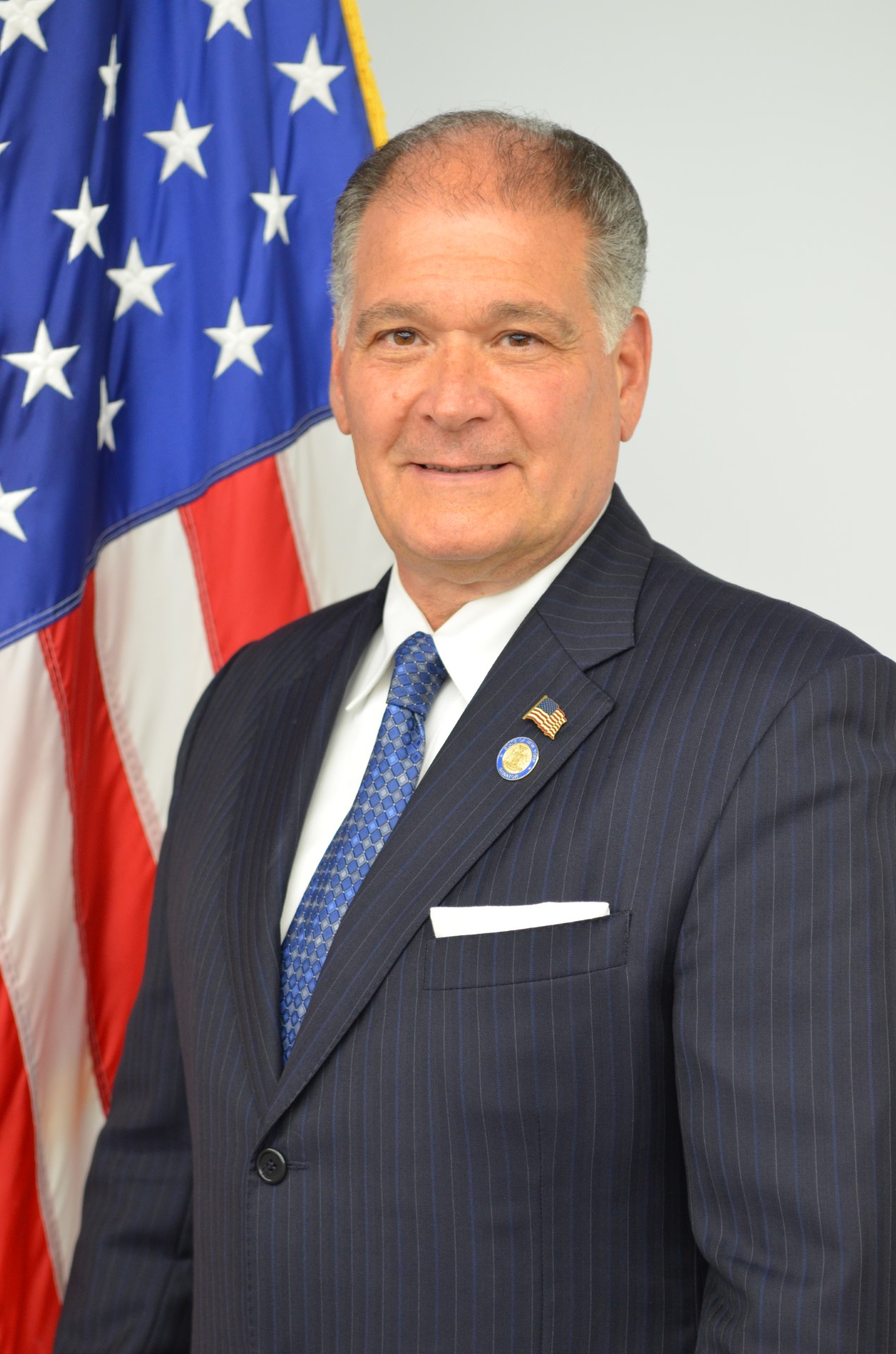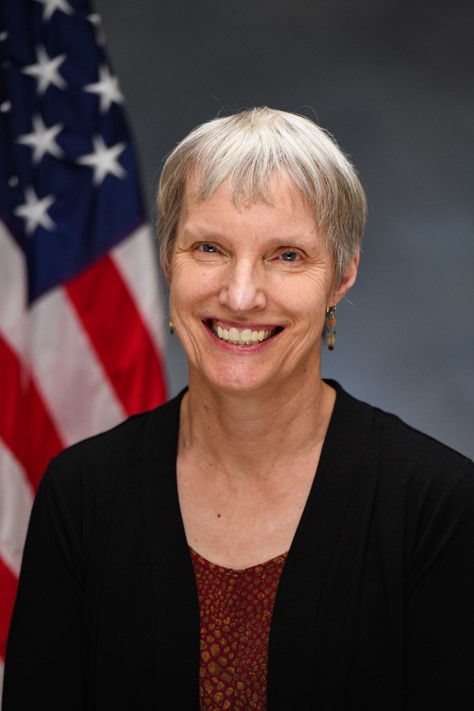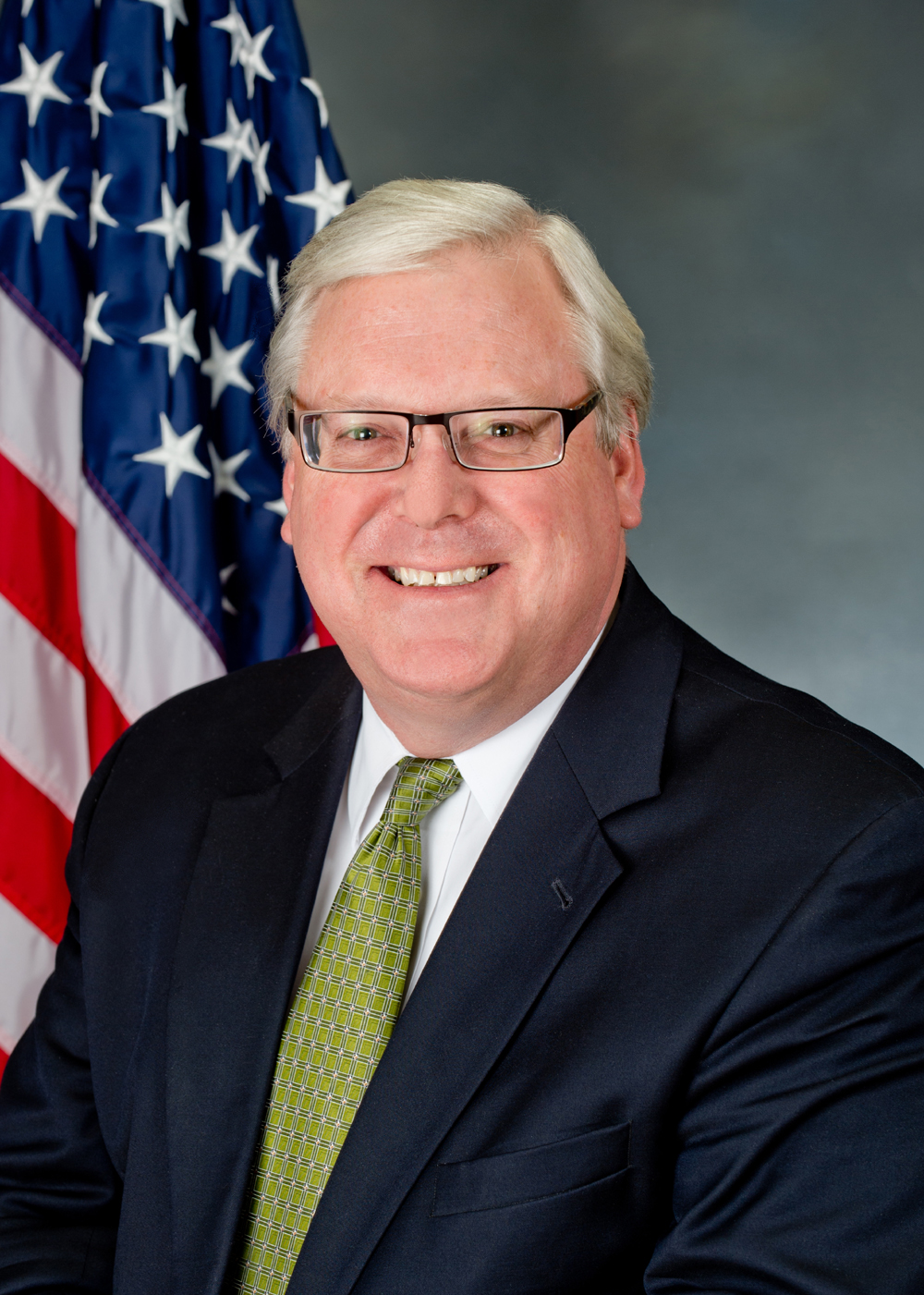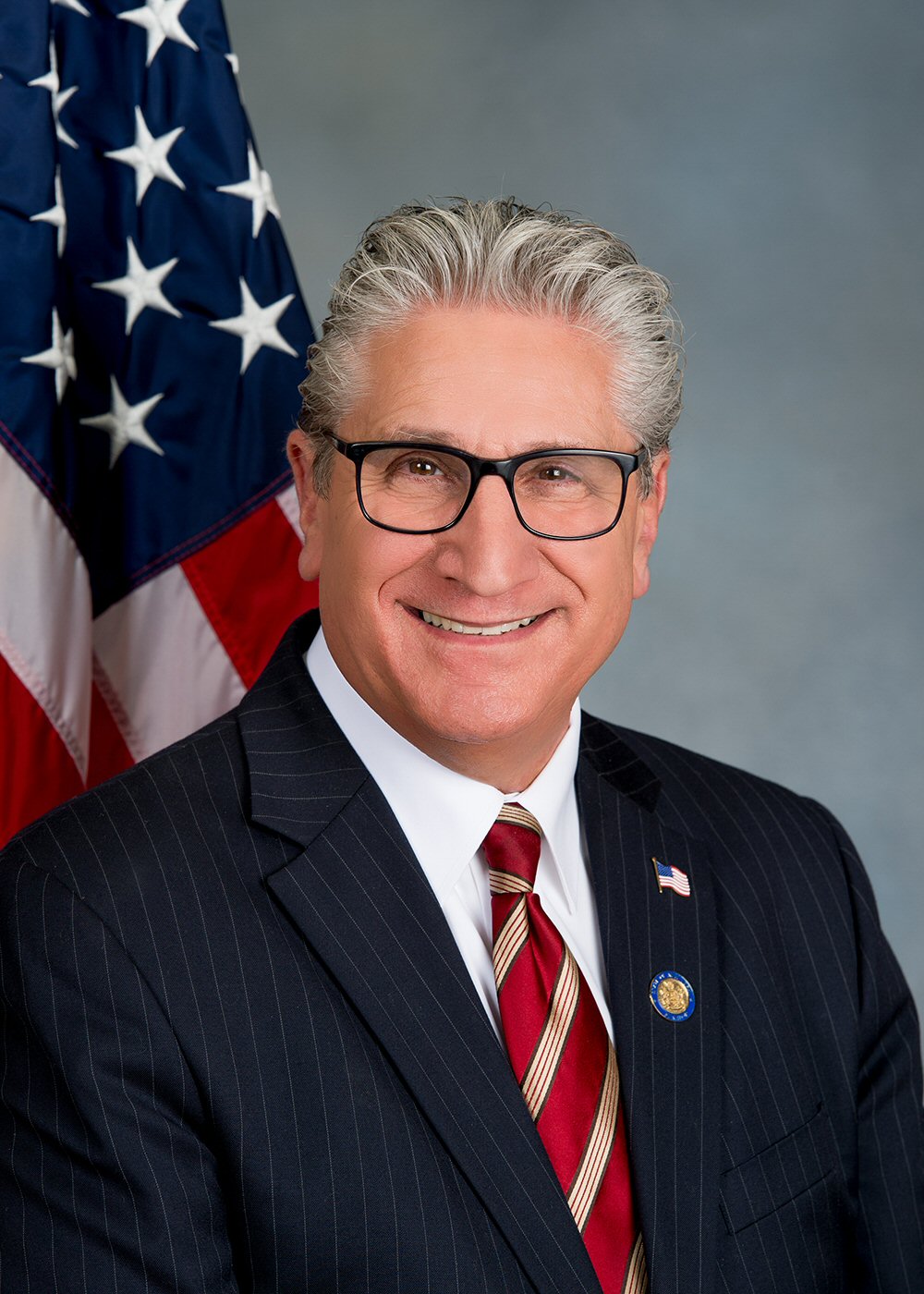2025-J455
Senate Resolution No. 455
BY: Senator OBERACKER
COMMEMORATING the 150th Anniversary of the Village
of Margaretville, New York
WHEREAS, It is the intent of this Legislative Body to honor and
commemorate the distinguished histories of the communities which
comprise the noble body of this great Empire State; and
WHEREAS, Attendant to such concern, and in full accord with its
long-standing traditions, this Legislative Body is justly proud to
commemorate the 150th Anniversary of the Village of Margaretville, New
York; and
WHEREAS, The Village of Margaretville is located on the East Branch
of the Delaware River in the south-central part of the Town of
Middletown which is located in a mountainous area of the Western
Catskill Mountains; and
WHEREAS, The earliest European settlers in Margaretville arrived
just after the Revolution; once known as Pakataghkan, or "the meeting of
three rivers," the early village was named Middletown Center; in 1850 it
was re-named Margaretville in honor of Margaret Lewis, the granddaughter
of Robert Livingston, whose family once owned large portions of the
Hardenburgh Patent, including the site of the village; and
WHEREAS, Margaretville began to develop as a village in the early
1840s; among the village's earliest and most influential citizens was
Dr. Orson M. Allaben; in 1843 he acquired land in what became the core
of the Village of Margaretville; two years later he built a Main Street
residence and office, which also served as the location of the first
village store; and
WHEREAS, In addition, Dr. Orson M. Allaben ran a printing press and
established the village's first newspaper, the "Utilitarian," in 1863;
he also held several public offices, serving as a supervisor for seven
terms and as a member of the New York State Assembly (1840; 1870) and
Senate (1864-65); and
WHEREAS, Between 1843 and 1869, the village experienced rapid
growth; the Beers map from that period shows approximately 80 buildings,
primarily along Main Street, with additional structures on parallel and
intersecting streets; Main Street was positioned on the north side of
the East Branch of the Delaware River, while a small channel, the
Binnekill, was diverted from the river near Main Street to support the
village's industrial activities; and
WHEREAS, The development included a mix of industrial, residential,
and civic buildings; early industries featured tanneries, foundries, and
sawmills, along with businesses such as a cobbler's shop, wagon shop,
harness shop, cooperage, cabinet and paint shop, and blacksmith shop;
social and civic institutions included a post office, school, several
doctors' offices, the Methodist Church (constructed in 1851), and both
the Margaretville Masonic Lodge and Odd Fellow's Pakatakan Lodge, which
were established in 1855; the area still had several farms, along with a
few hotels and a cemetery; and
WHEREAS, Like much of the Catskills, the growth of Margaretville was
shaped by the arrival of the railroad; in the 1870s, the Ulster and
Delaware Railroad, a major transportation route linking the Hudson River
(and New York City) to Delaware County, ran northwest from Kingston to
Phoenicia, then through Fleischmanns, Arkville, Kelly's Corners,
Halcottsville, Roxbury, and further on toward Oneonta; and
WHEREAS, Although Margaretville was located just off the U&D line, a
few miles west of Arkville, the Delaware and Eastern Railroad (later
known as the Delaware and Northern) was established in 1905 to extend
the U&D line from Arkville westward along the East Branch of the
Delaware River, with key stops in Margaretville, Dunraven, Andes,
Downsville, and East Branch, where it connected with the Ontario and
Western main line; and
WHEREAS, This new railroad link connected Margaretville to two major
railroads serving the Catskills; the D&N established its terminal yards
and shops in Margaretville, providing significant support to both the
agricultural and resort industries in the area; several creameries were
built, and, like the neighboring town of Roxbury, butter became a key
product; and
WHEREAS, Margaretville's station also served as the departure point
for local cauliflower shipments, as cauliflower, introduced in the
1890s, became one of the town's most significant exports; and
WHEREAS, The village had hotels and boarding houses as early as the
1840s, with the largest, Briar Cliff Lodge, situated on a hill
overlooking the town; originally built as a sanitarium, it was never
used for that purpose; and
WHEREAS, Other lodging establishments, including the popular Ackerly
House on Main Street, were located throughout the village; by this time,
Margaretville had become one of the region's most popular resort towns,
and it continues to be a thriving community today; and
WHEREAS, Of historic origin, and remaining fruitful over the ebb and
flow of decades of growth and change, the Village of Margaretville
continues to provide the quintessential quality of life for its
residents; and
WHEREAS, The residents of the Village of Margaretville have a bright
outlook for the future of their community, which remains a beautiful
place in which to live and raise a family; and
WHEREAS, In recognition of the Village of Margaretville's rich
history and enduring contribution to the State of New York, this
Legislative Body is proud to pay tribute to this spirited village upon
the occasion of its 150th Anniversary; now, therefore, be it
RESOLVED, That this Legislative Body pause in its deliberations to
commemorate the 150th Anniversary of the Village of Margaretville,
recognizing the significance of the role it continues to play in the
life of the community of the State of New York; and be it further
RESOLVED, That a copy of this Resolution, suitably engrossed, be
transmitted to the Village of Margaretville.









